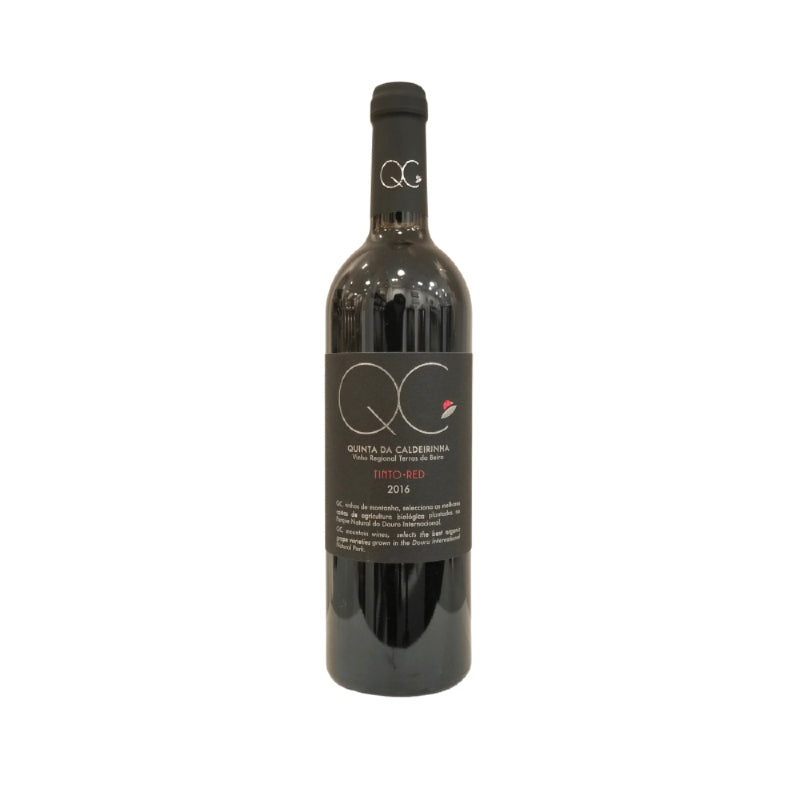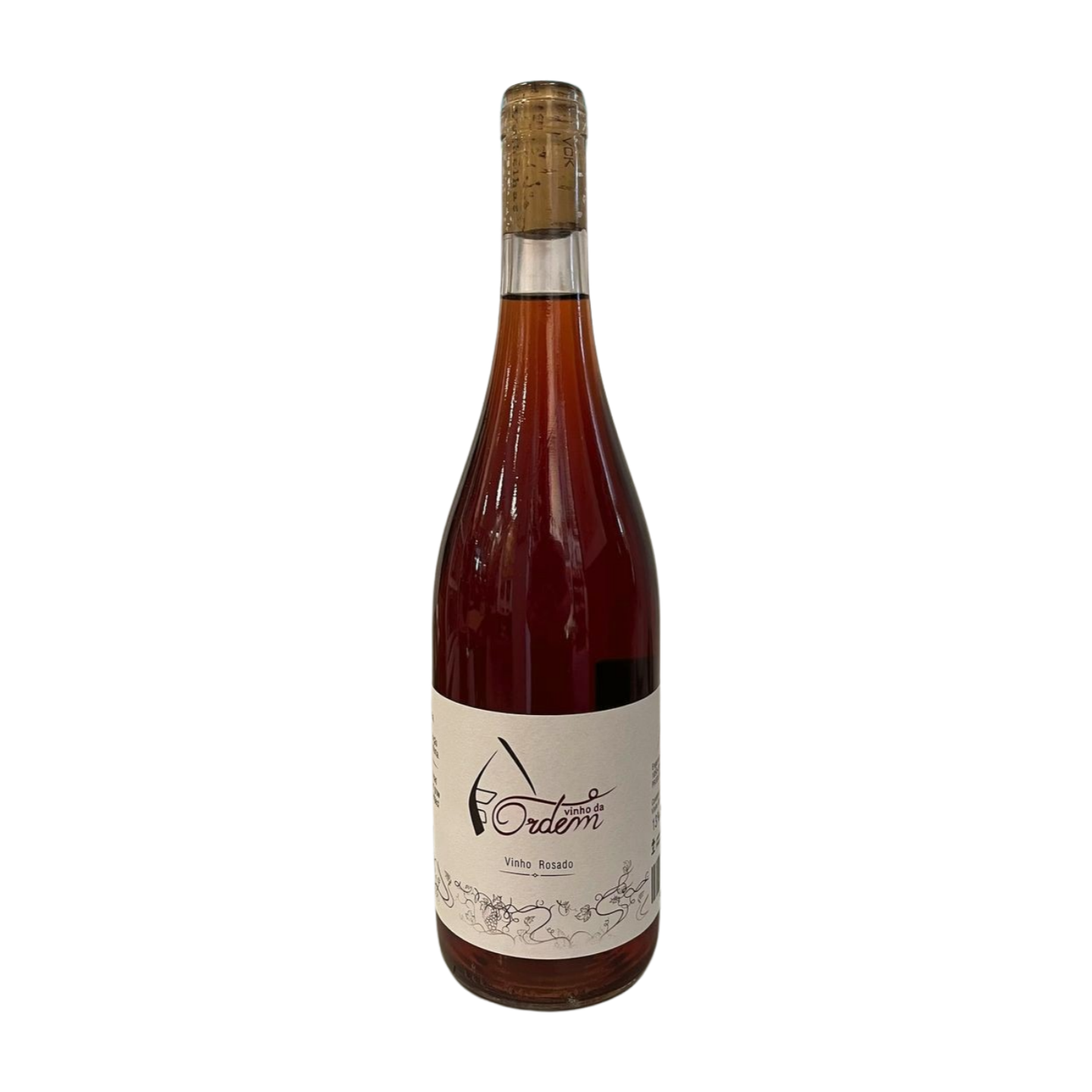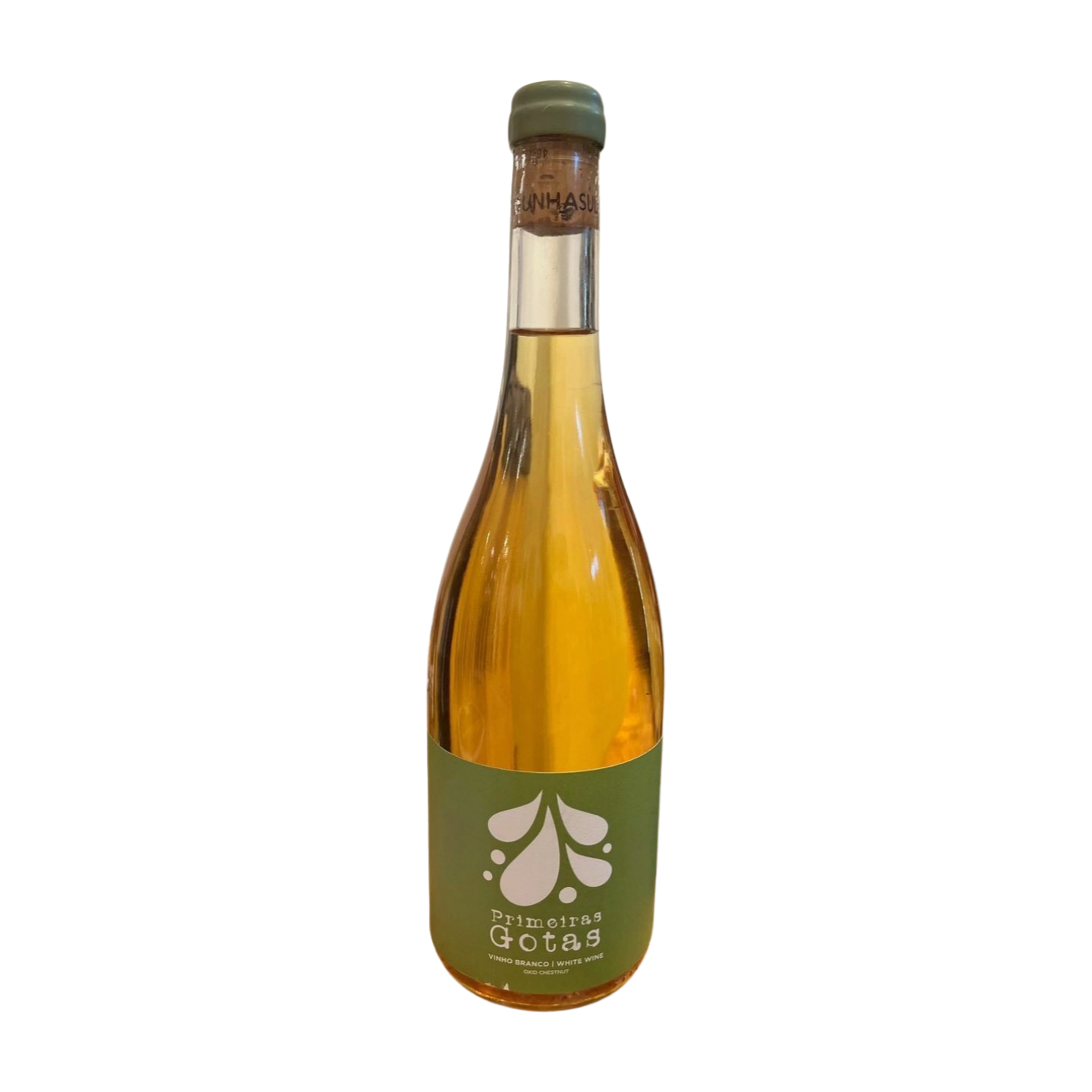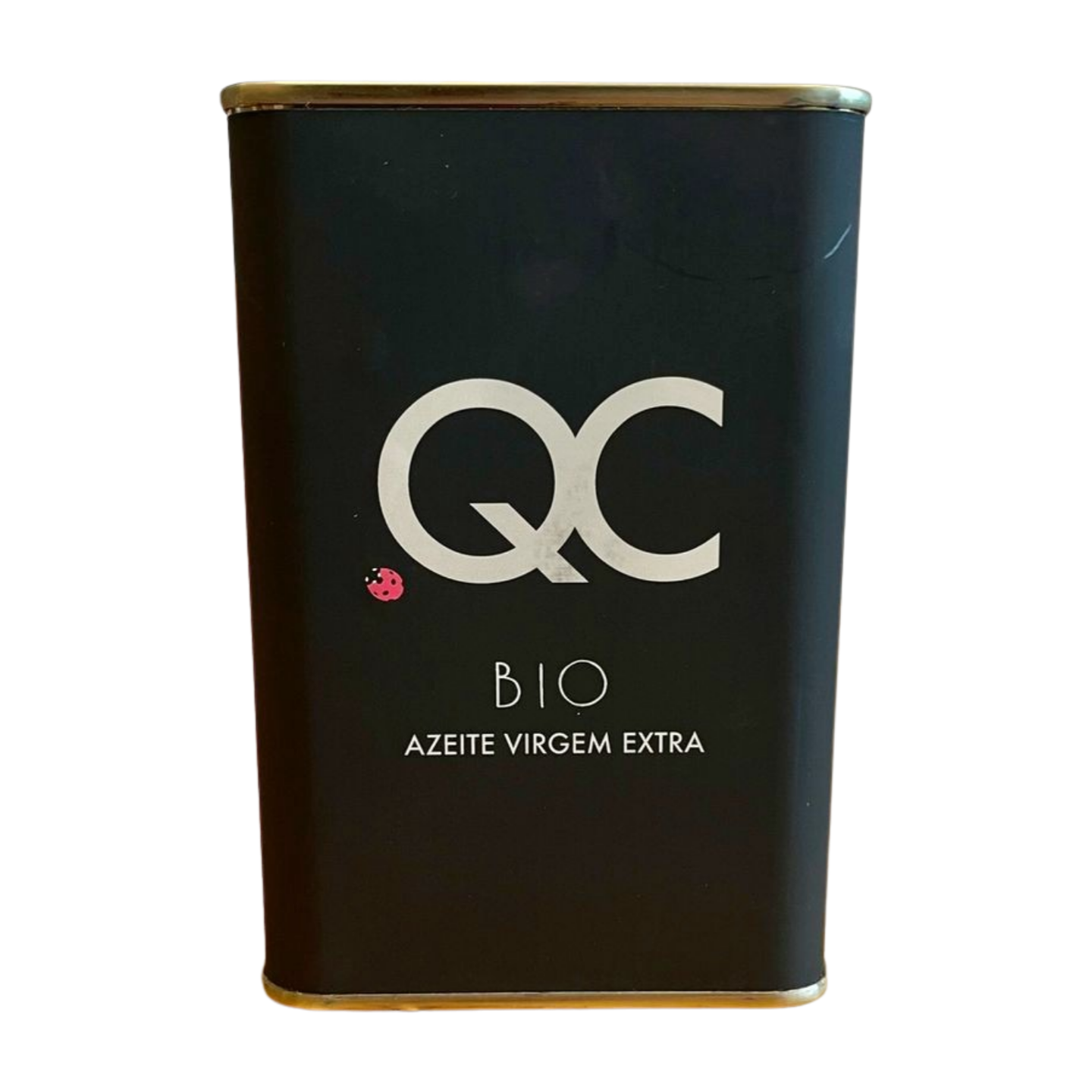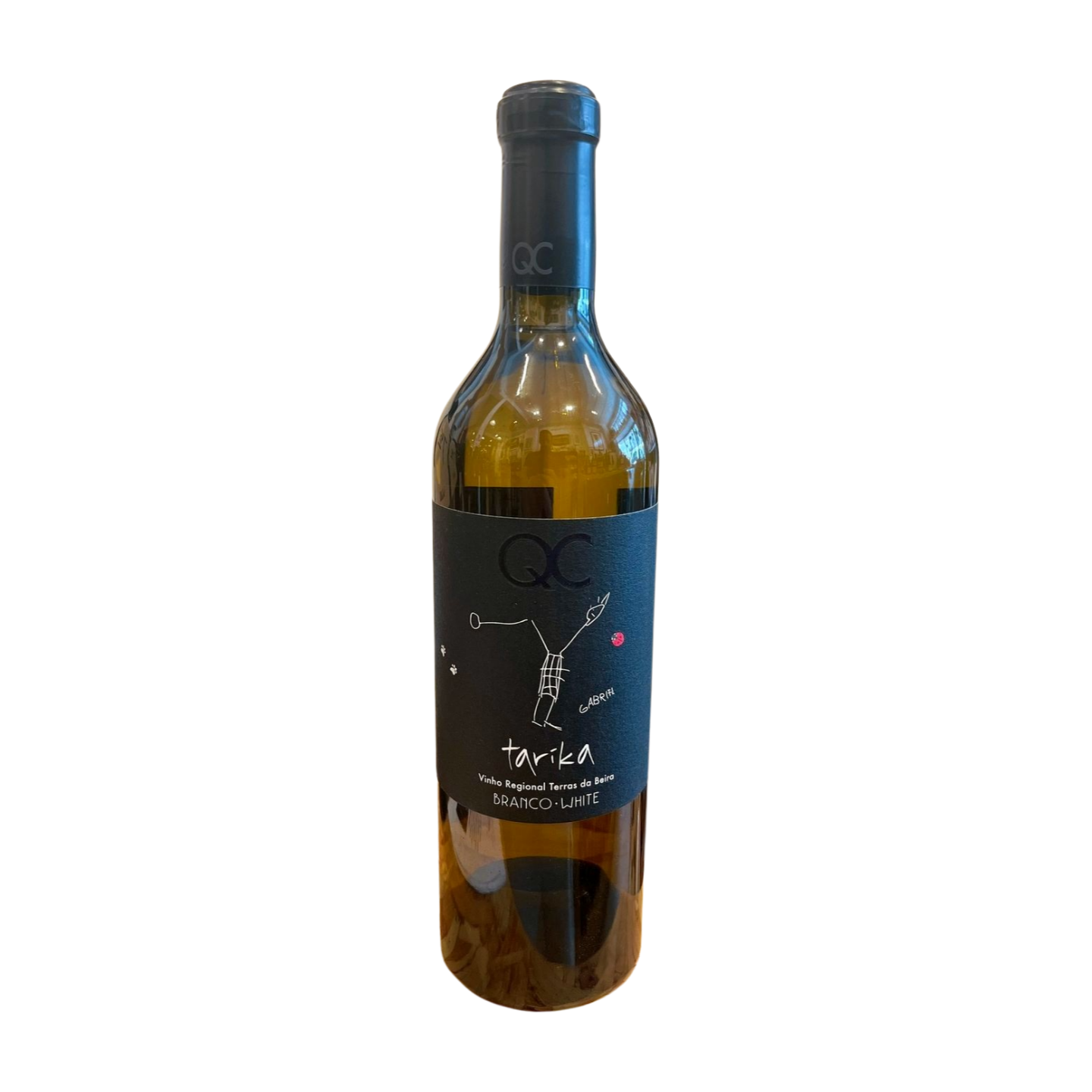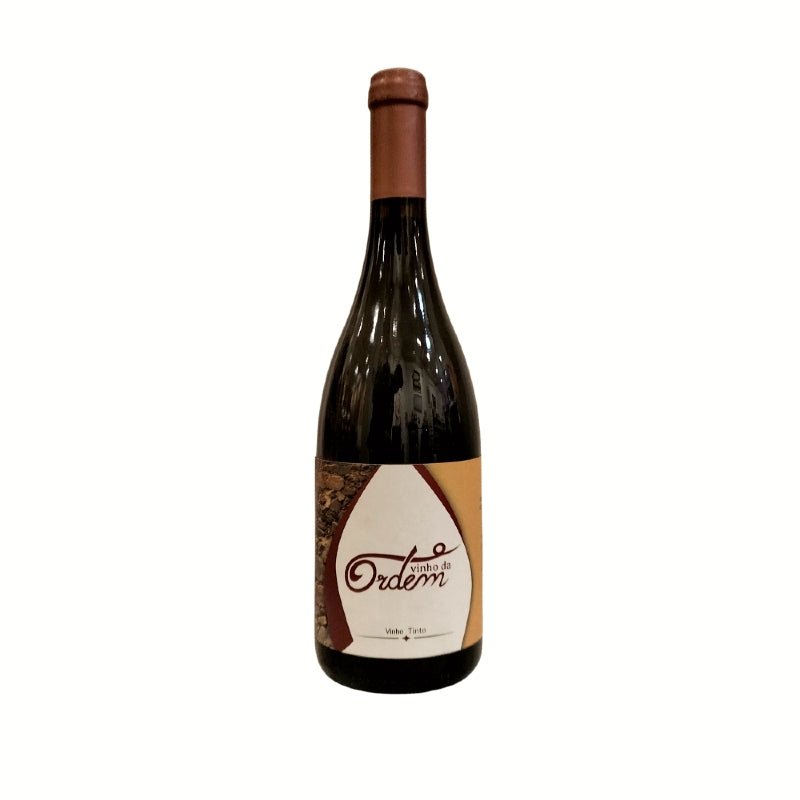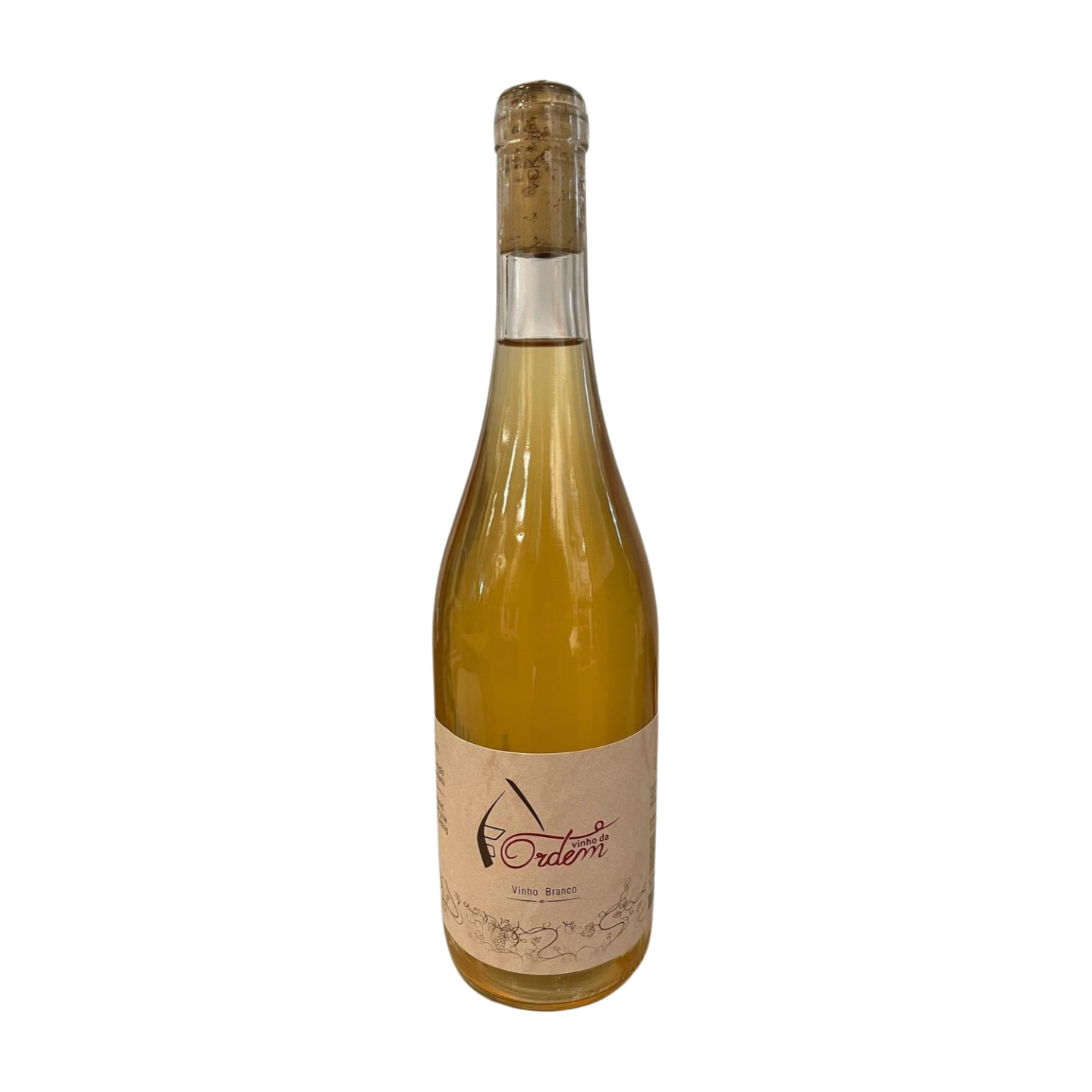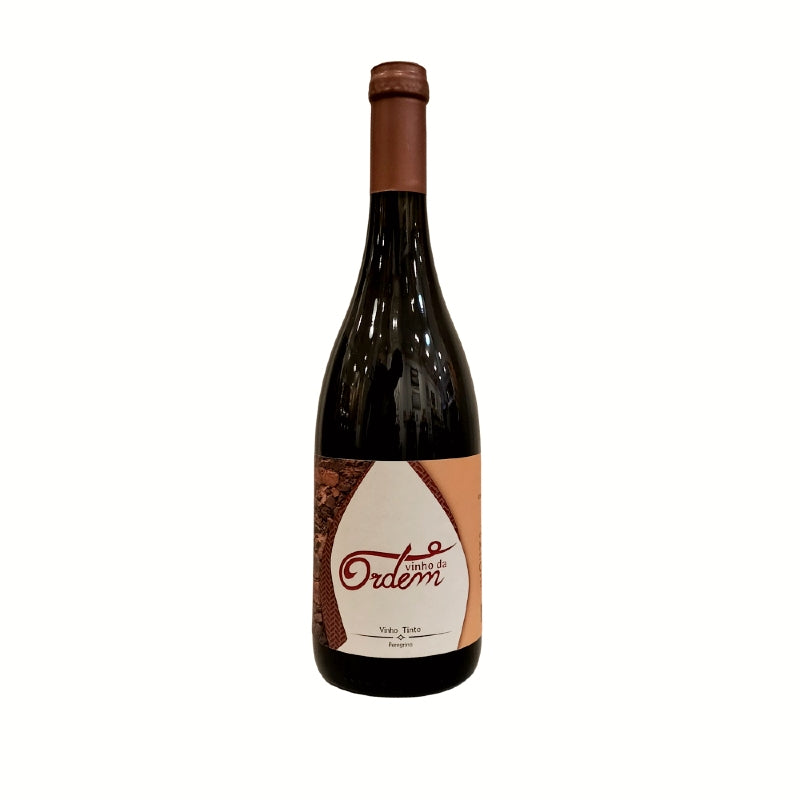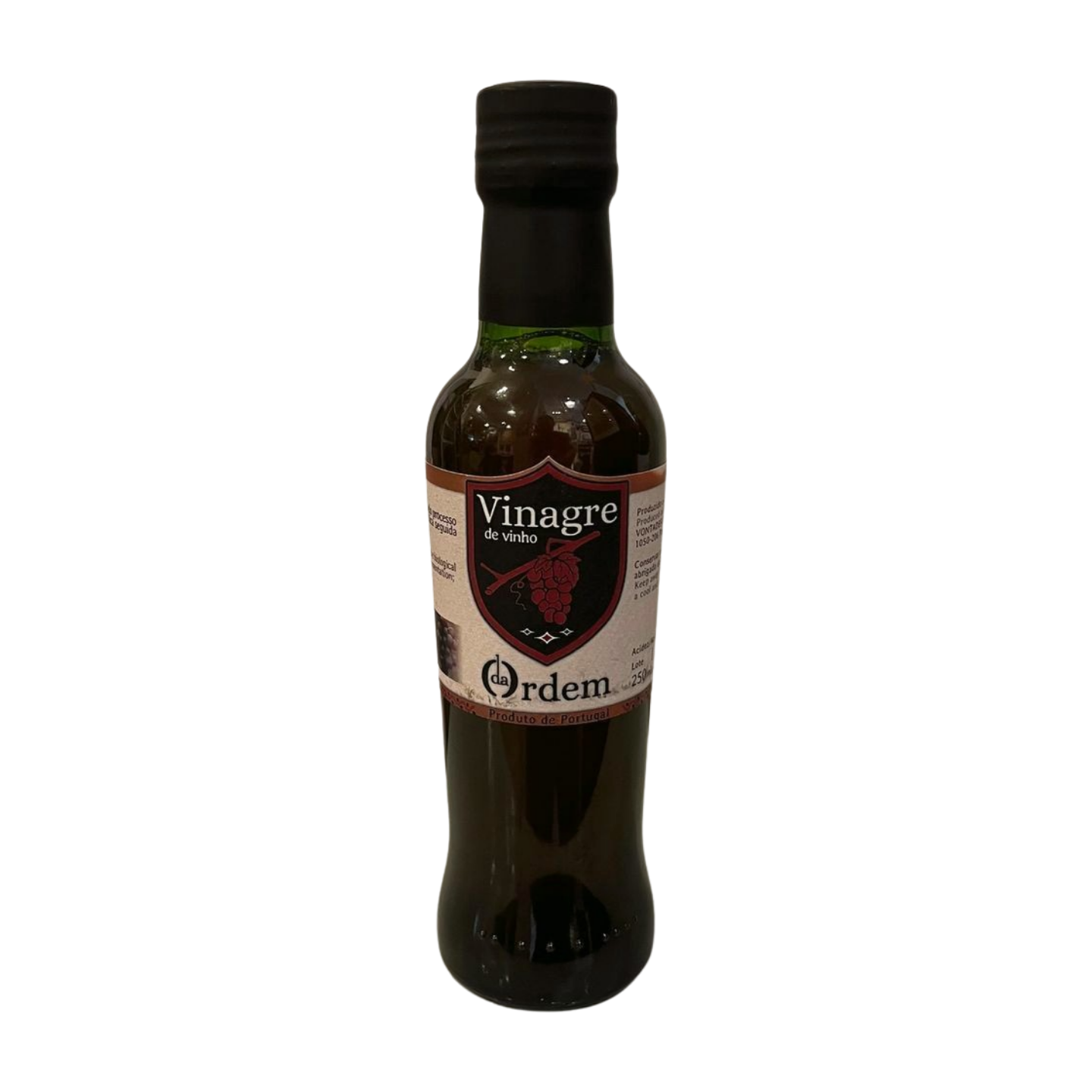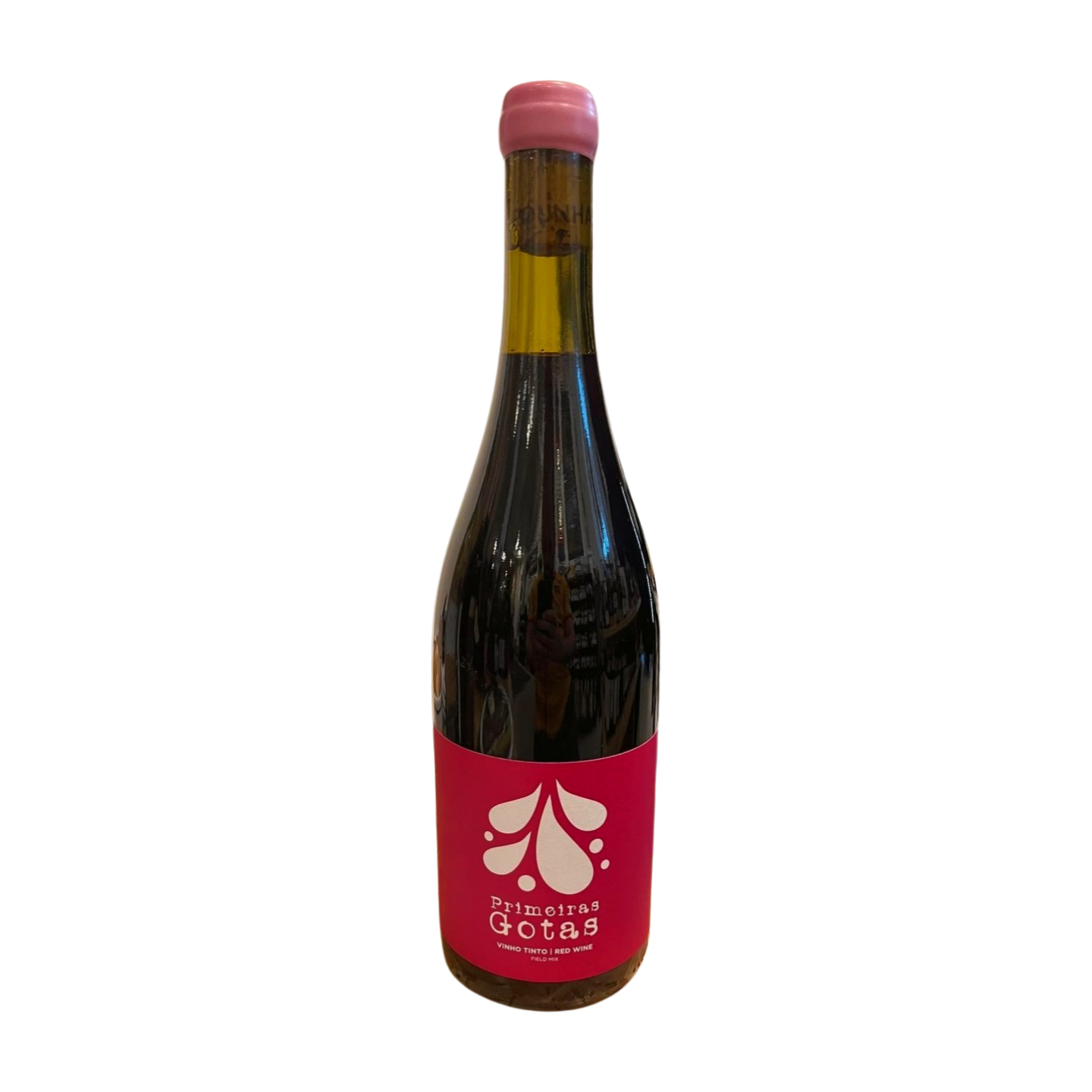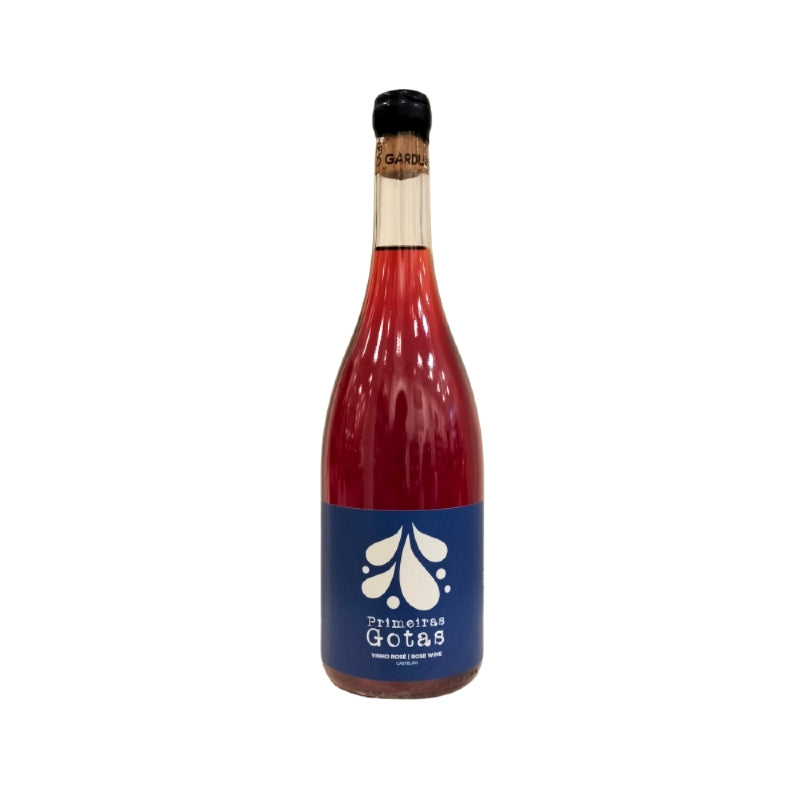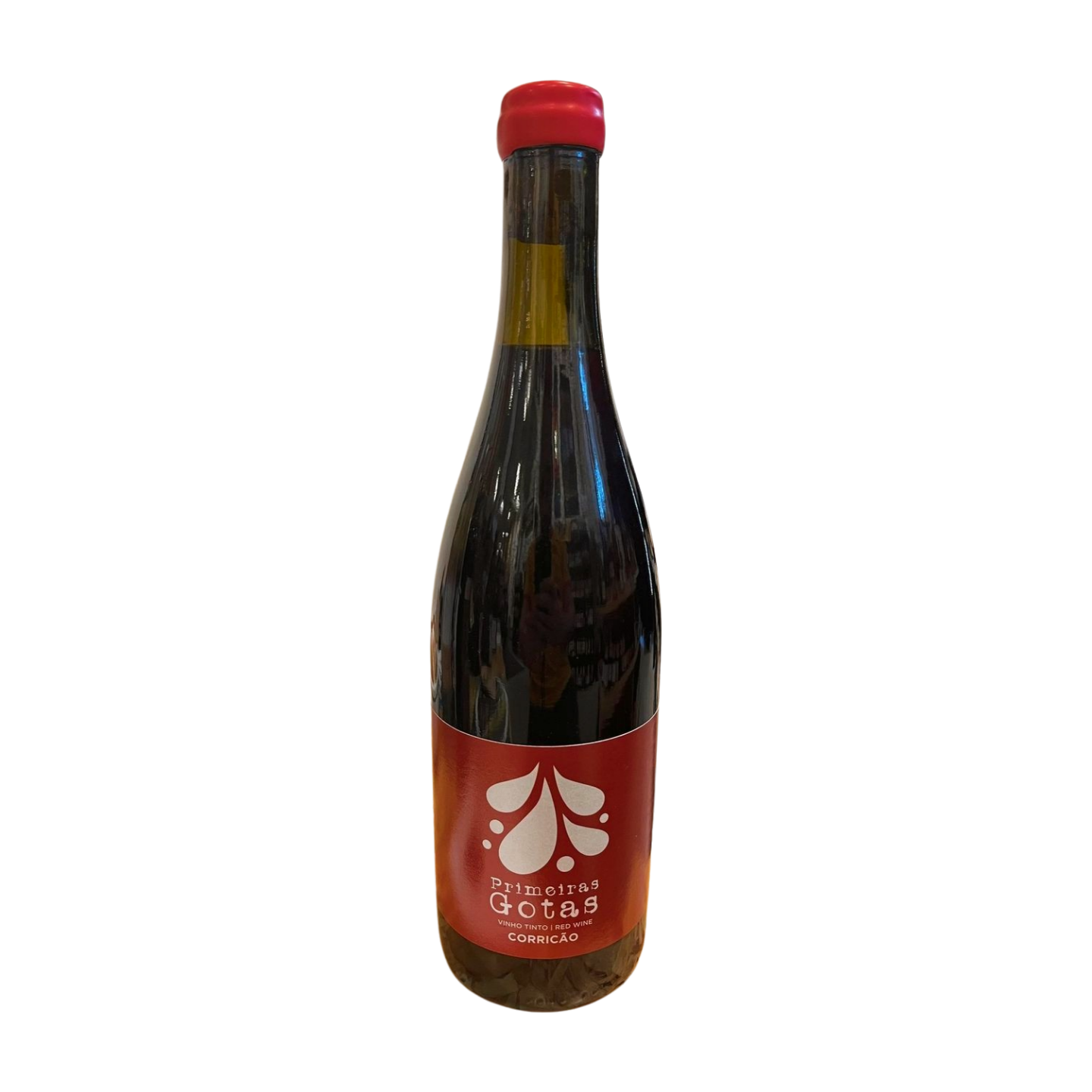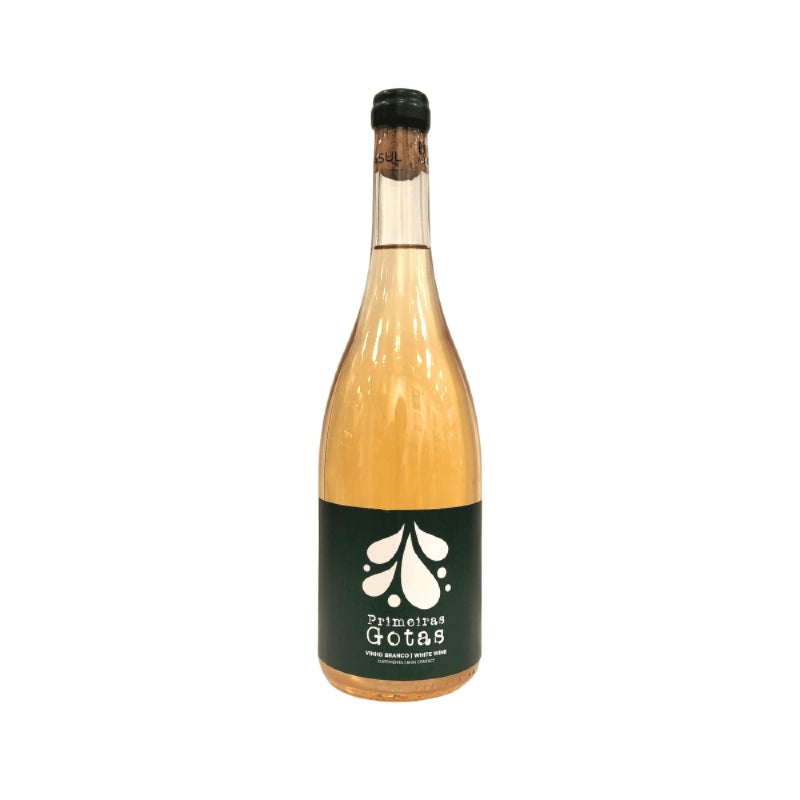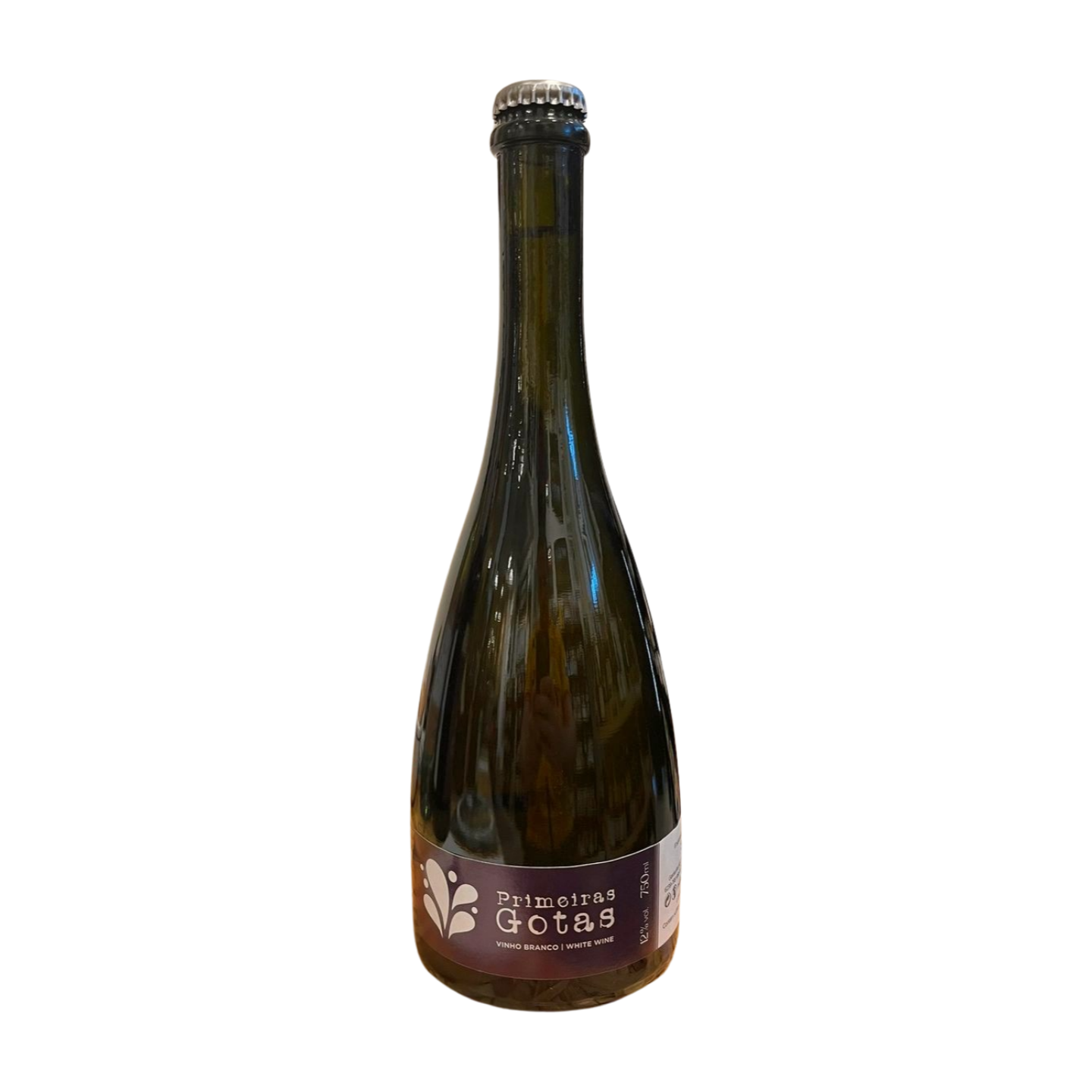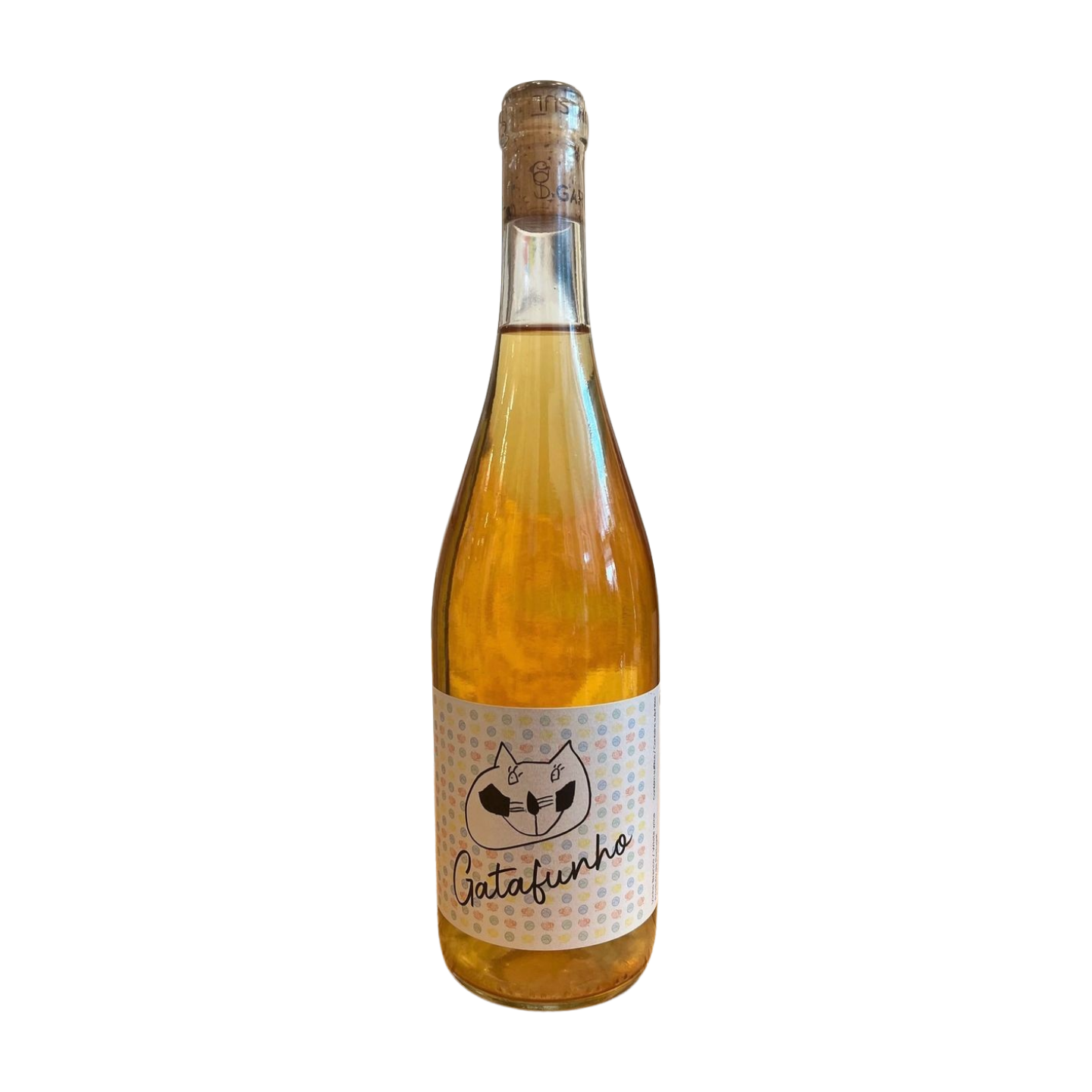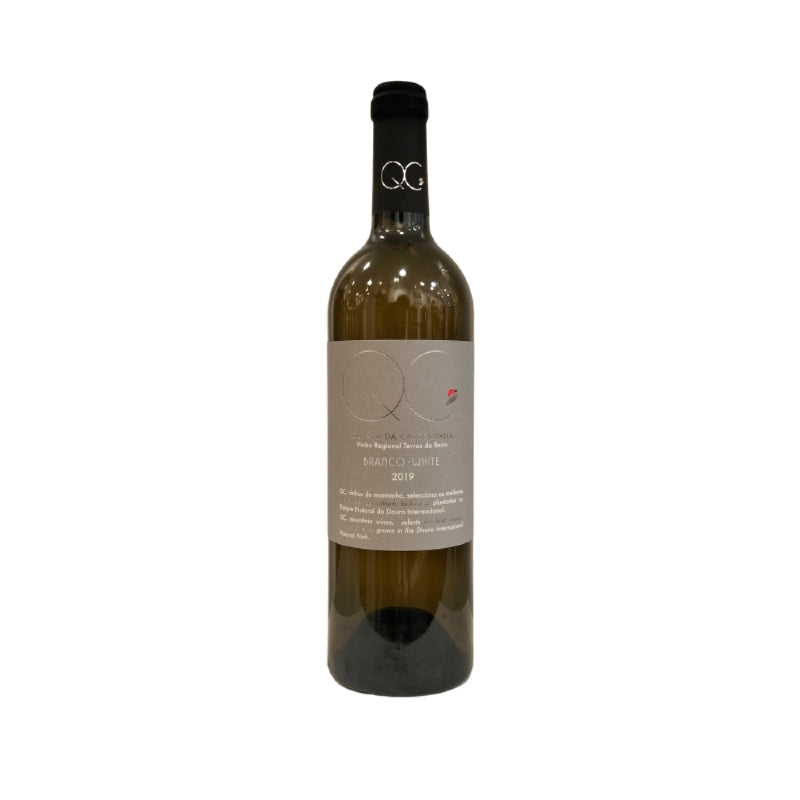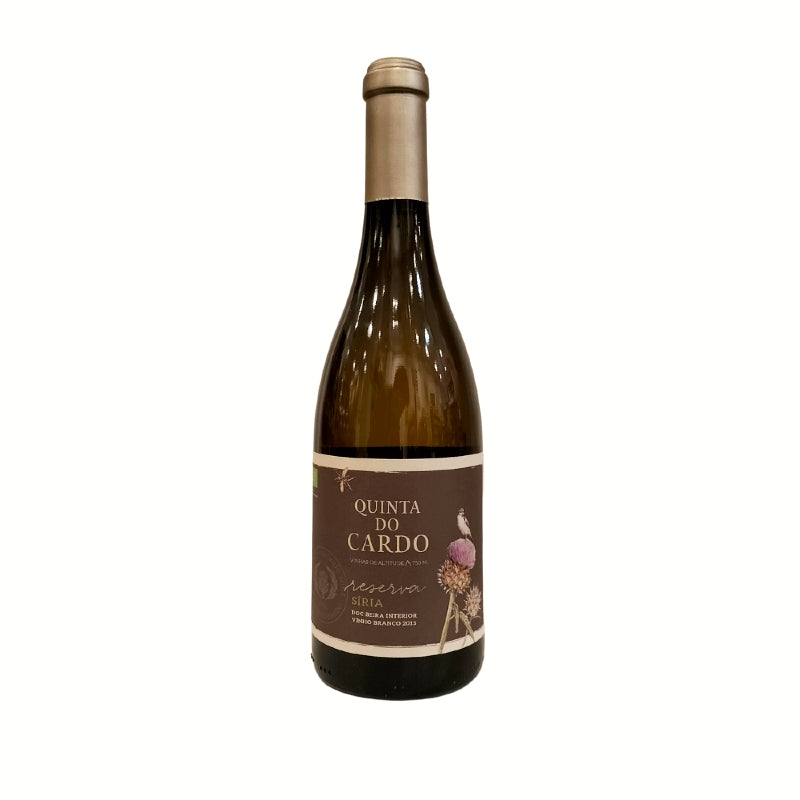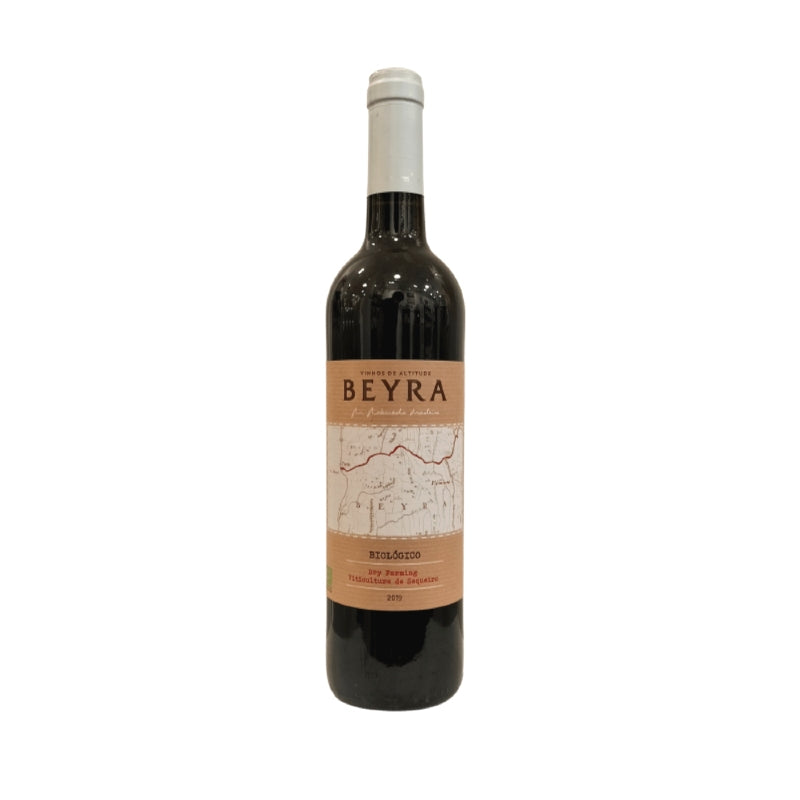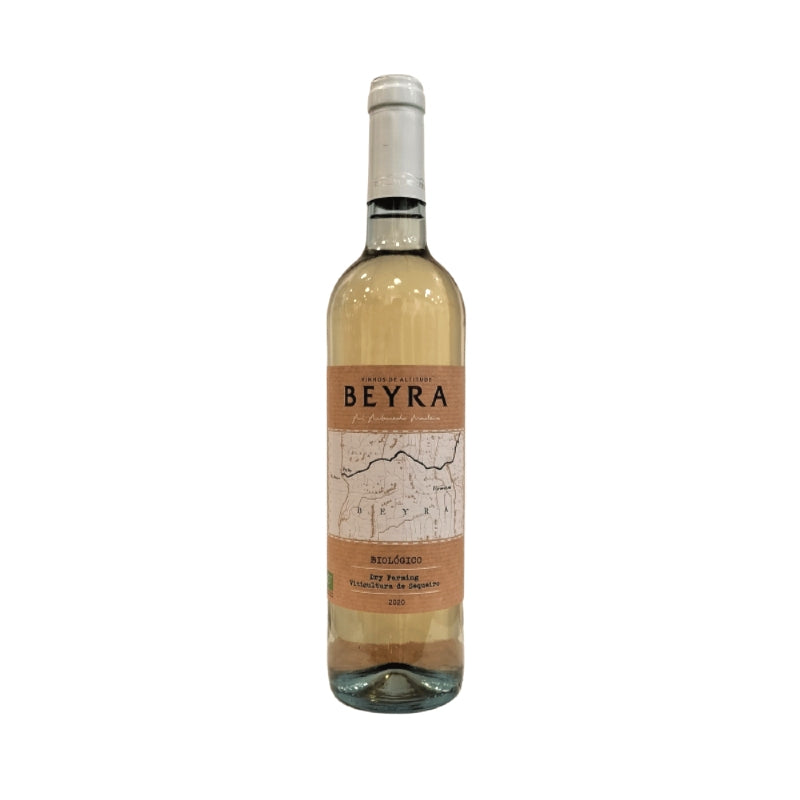Beira Interior
The Beira Interior winemaking region, situated in central Portugal, is characterized by its mountainous terrain and diverse microclimates, which significantly influence its viticulture. This region is divided into three subregions: Castelo Rodrigo, Pinhel, and Cova da Beira. The high-altitude vineyards benefit from cooler temperatures and substantial thermal variations, resulting in wines with pronounced acidity and aromatic complexity. The soils here are predominantly granite, interspersed with schist, which contributes to the unique terroir that defines Beira Interior wines.
Historically, winemaking in Beira Interior dates back to Roman times, with evidence of advanced viticultural practices. This rich heritage has evolved, and today, the region is recognized for its innovative approaches to wine production. Notable grape varieties include indigenous reds such as Touriga Nacional, Rufete, and Bastardo, alongside whites like Síria and the local treasure, Fonte Cal. These varieties are often complemented by international grapes, allowing for a diverse range of wine styles, including fresh whites, robust reds, and increasingly, sparkling wines.
Sustainability is a growing focus within Beira Interior's winemaking community. Many producers are adopting eco-friendly practices, emphasizing organic viticulture and minimal intervention in the winemaking process. This commitment to sustainability not only enhances the quality of the wines but also preserves the region's natural landscapes and biodiversity. Wineries such as Quinta dos Termos are at the forefront of this movement, recovering traditional grape varieties and employing sustainable farming techniques.
The Beira Interior region's combination of rich history, unique terroir, and a commitment to sustainable practices makes it a noteworthy area in Portugal's wine landscape, appealing to both connoisseurs and casual wine enthusiasts alike.
Filters
Portuguese wine
Frequently asked questions
The entire country of Portugal is divided into 14 different wine regions, including in the Azores and Madeira islands. Some of Portugal's most famous winemaking regions include the Douro Valley (known for Port) and Vinho Verde (known for its light, refreshing white wines).
Portugal is becoming more well known for its orange wines, talha wines (traditionally made in clay pots), and palhete (made by blending red and white grapes together).
Portugal is best known for its fortified wine, called Port wine. It is produced in the Douro Valley, which is a UNESCO World Heritage Site and recognized as the world's first demarcated wine region, established in 1756.
Vinho Verde in northern Portugal is another popular winemaking region characterized by rolling hills and lush landscapes. It's known around the world for low-alcohol, refreshing white wines, although the region traditionally focused more on red wines made with the fruit-forward vinhão grape.
The Portuguese island of Madeira, with its subtropical climate, is renowned for its fortified wines. Winemaking here dates back to the 15th century, when Portuguese
explorers brought grape varieties from around the world.
Our sustainable, natural wine shop is located in the Marquês neighborhood in Porto, Portugal. We also ship to countries around the world, including within Europe, the United States, Canada, Australia, China, and more. Review our Shipping Policy to learn more.
In recent years, there has been a notable shift toward sustainable viticulture and the production of natural wine in Portugal. Many winemakers are implementing organic farming practices and embracing biodiversity to maintain soil health and reduce chemical inputs. This commitment to sustainability is not only beneficial for the environment but also enhances the quality of the wines, allowing the unique characteristics of the terroir to shine through. For example, some winemakers are now utilizing ancient terracotta amphorae for fermentation (called talha in Portuguese). This method preserves regional cultural heritage, enhances the wine's character, and aligns with sustainable practices by reducing reliance on modern materials.

